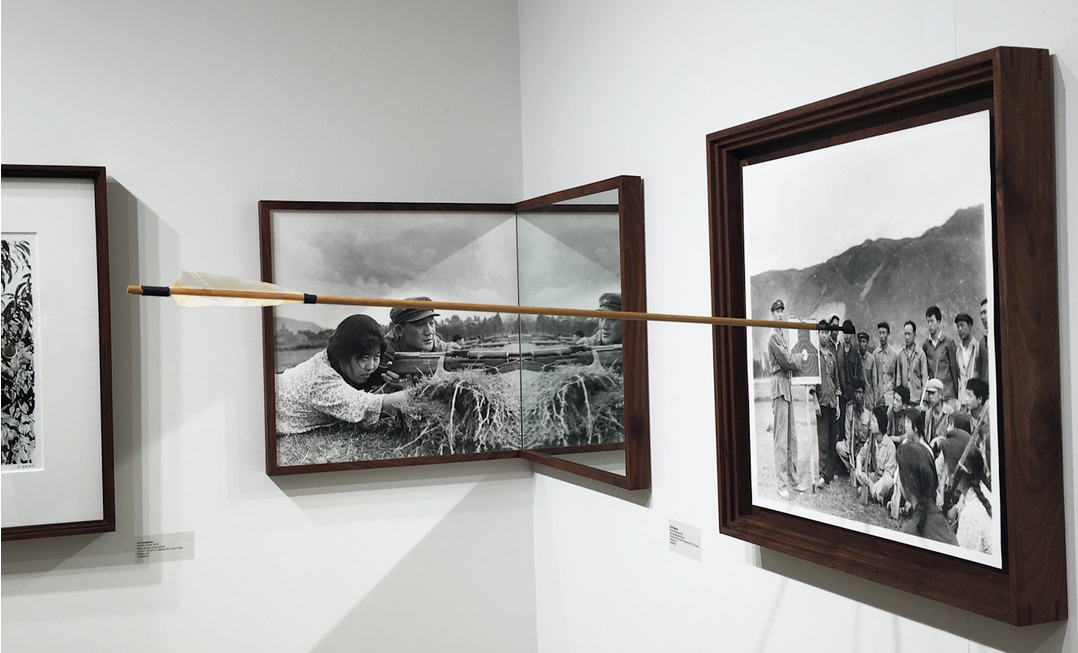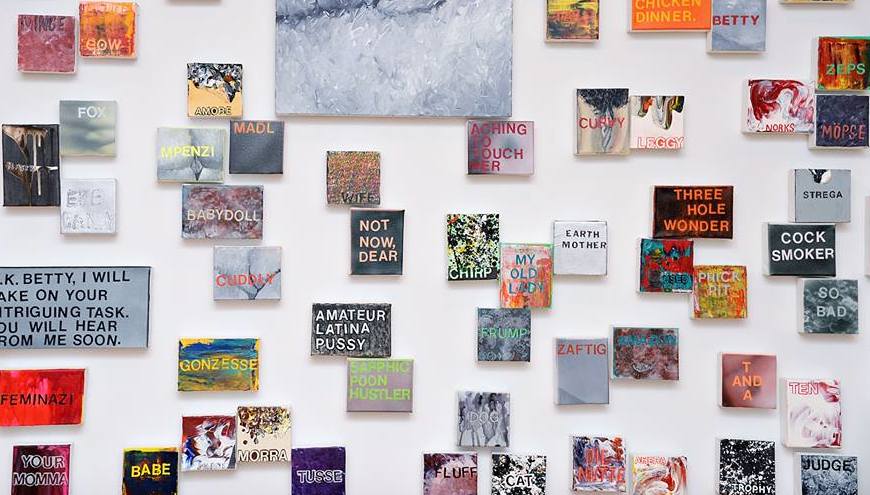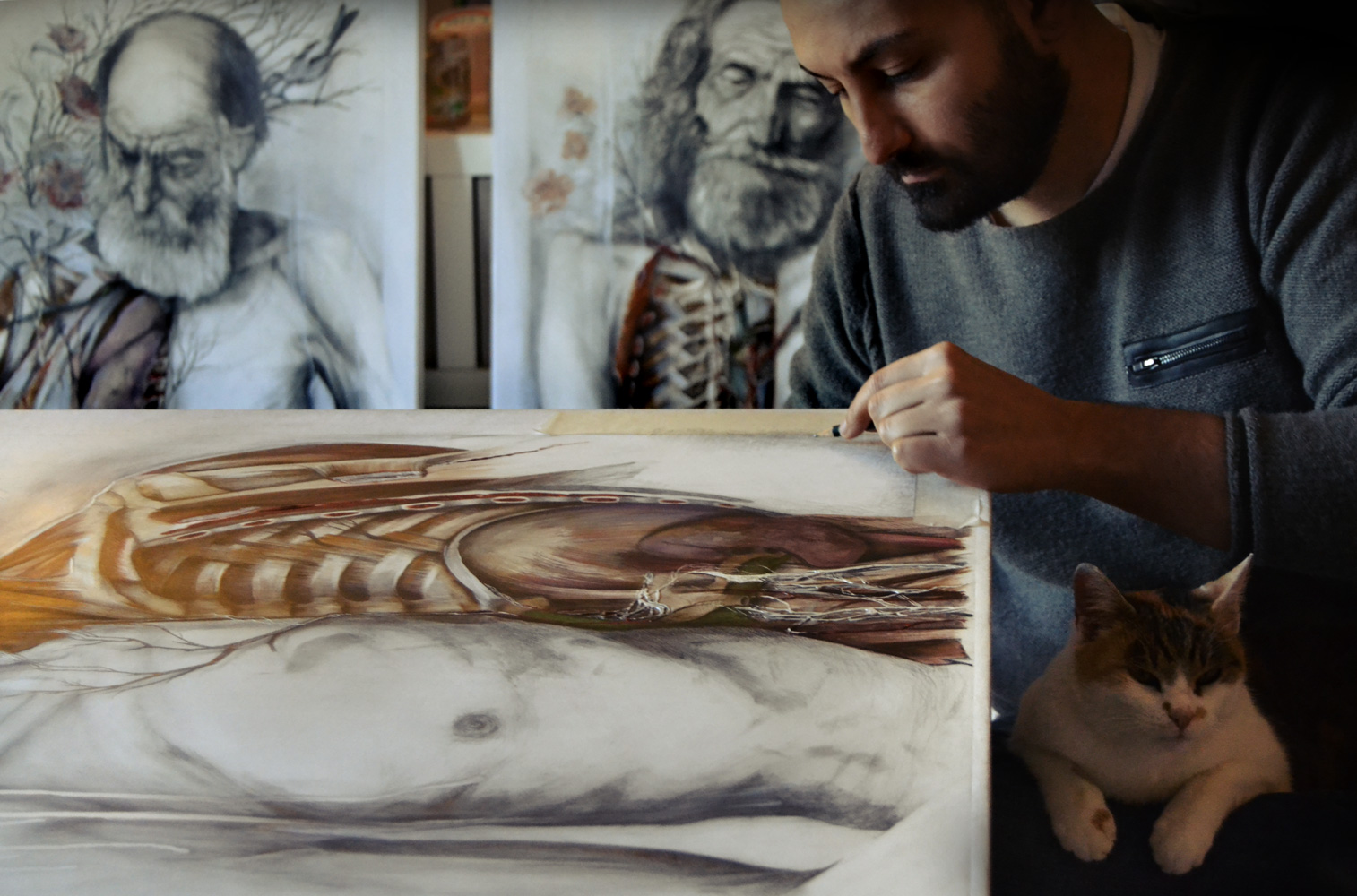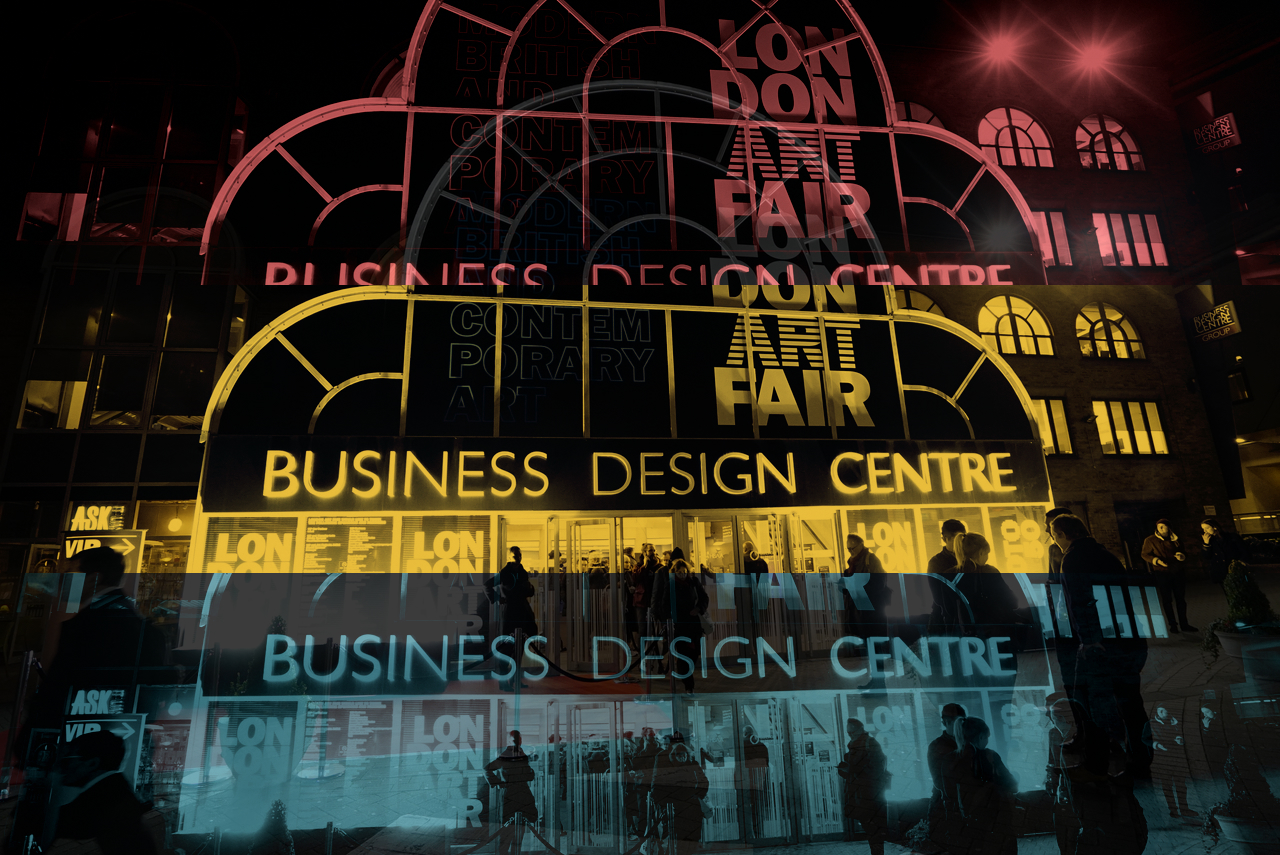The first thing that might come to mind when being shown a roll of toilet paper on a computer screen might be a laugh while wondering, “What’s the use?” Yet, this interactive creation from artist and web programmer Raphael Rozendaal is exactly as described. Similar to an actual roll of paper, it can be virtually increased or decreased in size. This might be considered fodder by an uninformed member of an audience, but that would almost be an oxymoron to the grandeur that he has accomplished with web art.

Where many have delved into the modulation of mediums and vehicles by getting their hands dirty, Rafael Rozendaal created the Textless Google Brower. This allows users to view the code of each website instead of the output that makes such a beautiful font or image. If this was an auto mechanic then he just created a transparent body for his car. Unintentionally, he brings new meaning to the world “windows” as it is associated with the computer technology. Furthermore, this art is codified which allows it to be reproduced and shared for all to experience. So, the hindrance of having the moment of productivity give way to a final outcome that won’t be kept by the creator after it is sold is no longer a problem with web art. This is what attracted Rozendaal the most.

Born in the Netherlands during a time when computers were soon to be a common household item, Raphael Rozendaal still began to produce drawings and paintings. He sold some of his favorites but began to regret their absence. This longing he endured motivated him to begin to work with print eventually web art as a young programmer.
Working on the web, Raphael Rozendaal continued to make interactive art and was one of the first to begin selling completed websites to art collectors. He created single images that were not exceptionally lifelike, but their digital and interactive qualities uniquely brought viewers by the millions. Some examples are papertoilet.com and a display known as “jello time“. Sure, we can’t feel the texture of the depiction, but the interactive qualities turn engage its audience kinetically and phonetically.

Much of his art is associated with the virtual web in many ways. He’s well known for his moving light reflections that create veils of color where they are displayed. It’s often found on the web, but galleries and other interfaces such as at Postmasters and Time Square in NYC, On and On in Stockholm, Germany, and many other cities throughout the world.
Want to see more of Raphael’s work? Click here to check out his website, or attend one of his ongoing events, Bring Your Own Beamer.






